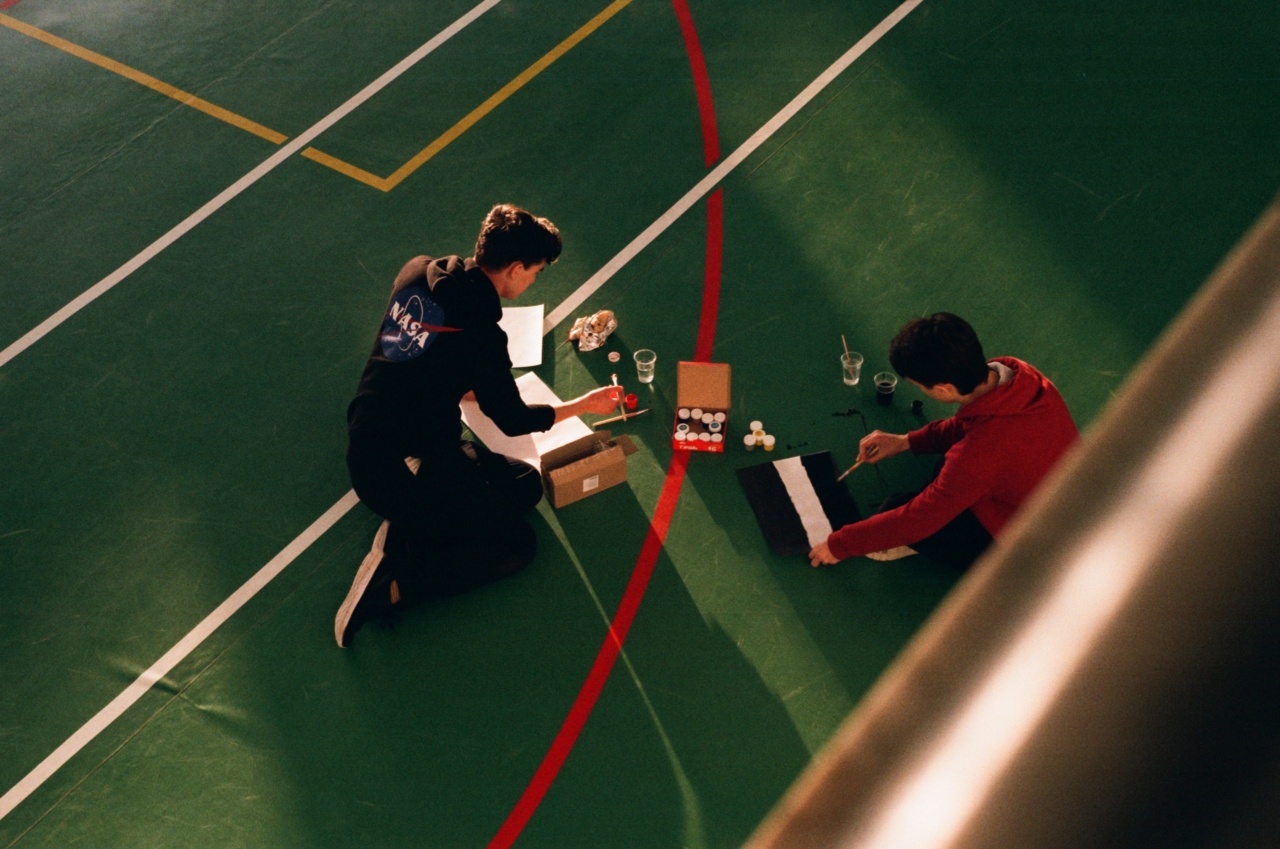Being a mom is a full-time job, and finding time for yourself can often feel impossible. Between changing diapers, feeding a hungry baby, and trying to squeeze in a quick nap, it’s easy to neglect your own well-being.
However, staying active and taking care of yourself is vital for both your physical and mental health.
If you’re struggling to find time for exercise, babywearing workouts can be a game-changer. By wearing your baby in a carrier while you exercise, you can bond with your little one while getting your heart rate up.
In this article, we’ll explore various babywearing exercises that are perfect for busy moms.
Benefits of Babywearing Workouts
Before we dive into specific exercises, let’s first take a look at the benefits of babywearing workouts:.
1. Bonding:
Babywearing not only allows you to exercise but also helps you bond with your little one. The close physical contact between you and your baby promotes feelings of security and attachment.
2. Convenience:
One of the biggest advantages of babywearing workouts is that you can do them anywhere, anytime. You don’t need any special equipment or a babysitter. Simply strap your little one into a carrier and get moving!.
3. Calming Effect:
Babies often find movement soothing, so they are more likely to remain calm and content while you exercise. The gentle sway and bounce of your movements while babywearing can help settle a fussy baby.
4. Posture Improvement:
Babywearing can help improve your posture by encouraging you to engage your core muscles. Carrying your baby close to your body also promotes a more upright and aligned position.
5. Weight Loss:
Babywearing workouts can be an effective way to shed those extra pounds gained during pregnancy. The added resistance of carrying your baby while exercising can increase the intensity of your workout and burn more calories.
Babywearing Exercises
Now, let’s explore some babywearing exercises that can be easily incorporated into your daily routine:.
1. Walking Lunges
Begin by standing straight with your feet hip-width apart. Take a big step forward with your right leg, bending both knees to form 90-degree angles. Push your body back up to a standing position and repeat with your left leg.
Make sure to engage your core throughout the exercise.
2. Squats
Stand with your feet slightly wider than hip-width apart. Lower your body as if you’re sitting back into a chair, keeping your knees in line with your toes. Push through your heels to return to the starting position.
You can hold onto a sturdy surface such as a countertop for balance if needed.
3. Babywearing Cardio Circuit
Create a mini cardio circuit using exercises like jumping jacks, high knees, and side shuffles. Perform each exercise for 30 seconds to 1 minute with short breaks in between. Listen to your body and adjust the intensity according to your fitness level.
4. Babywearing Yoga
Follow a gentle yoga flow while wearing your baby. Incorporate poses like Warrior II, Tree Pose, and Downward Dog into your routine. Yoga not only helps improve flexibility and strength but also promotes relaxation and mindfulness.
5. Babywearing Strength Training
Use your baby’s weight as resistance for strength training exercises. Perform movements like babywearing squats, babywearing lunges, and babywearing bicep curls.
Start with lighter weights (your baby) and gradually increase the resistance as you get stronger.
Precautions and Safety Tips
While babywearing workouts offer numerous benefits, it’s essential to prioritize safety. Here are some precautions to keep in mind:.
1. Choose the Right Carrier
Ensure that you are using a carrier that provides proper support for both you and your baby. Look for carriers that distribute the weight evenly and have appropriate straps and buckles for secure wearing.
2. Check for Proper Fit
Before starting any exercise, ensure that your baby is positioned correctly in the carrier. The baby’s face should be visible and free from any fabric obstruction, and their chin should not be pressed against their chest.
3. Stay Hydrated
Keep a water bottle handy and stay hydrated throughout your workout. Dehydration can affect both you and your baby’s well-being.
4. Listen to Your Body
Pregnancy and childbirth can have long-lasting effects on your body. Pay attention to any discomfort or pain and make modifications or stop exercising if necessary.
It’s important to consult with your healthcare provider before engaging in any postpartum exercise routine.
5. Be Mindful of Baby’s Temperature
Since your baby will be close to your body during the workout, be cautious of the temperature. Dress your baby in light, breathable clothing and avoid exercising in extreme weather conditions.
Conclusion
Babywearing workouts offer a fantastic opportunity for busy moms to prioritize their fitness while bonding with their little ones. By incorporating these exercises into your routine, you can improve your strength, flexibility, and overall well-being.
Remember to always prioritize safety and listen to your body. With a little creativity and determination, you can achieve a healthy balance between your role as a devoted mom and your own self-care.



























